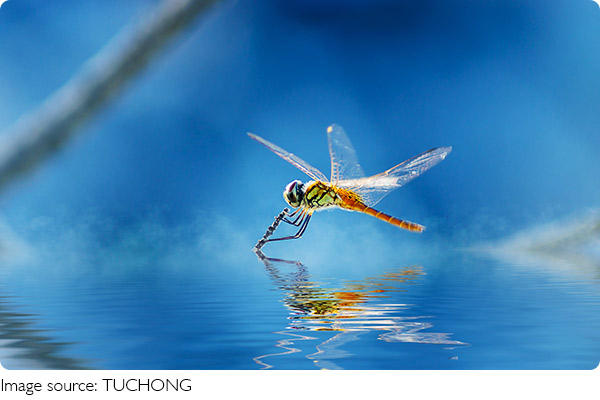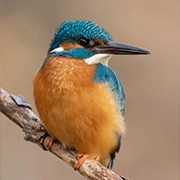Low-Flying Rain Prophets

Dragonflies, with their ethereal beauty and unique flight patterns, have long been associated with predicting weather conditions.
One fascinating aspect of their behavior is their tendency to fly low before rainfall.
Now, we will explore the connection between dragonflies flying low and predicting rain, examining the scientific explanations behind this phenomenon and the ecological significance it holds.
1. Sensitivity to Atmospheric Changes
Dragonflies are highly sensitive to changes in atmospheric pressure, humidity, and temperature.
As rain approaches, the atmospheric conditions change, creating a drop in air pressure and an increase in humidity.
These alterations in the environment trigger a response in dragonflies, leading them to fly lower than usual.
The truth about cat clothing in winter.
Learn more about the heron's appearance, distribution, habits, and lifestyle, as well as its important role in the ecosystem.
The graceful egret lives in a variety of waters and has an array of fascinating characteristics.
The white-headed ibis stork is one of the most endangered birds in the world, with its population declining rapidly.
Giraffes, Earth's tallest land animals, captivate with their unique features and behaviors, inhabiting Africa's open landscapes.
Uncover the secrets of short-term and long-term memory in cats.
Their low-flight behavior is believed to be an instinct to seek shelter or adjust to the upcoming weather conditions.
By observing dragonflies flying low, humans can infer the imminent arrival of rain.
2. Seeking Optimal Feeding Opportunities
Rainfall often leads to an increase in insect activity, as it provides moisture and creates favorable conditions for breeding and hatching.
Dragonflies, being voracious predators, take advantage of this abundance of prey.
By flying low, they position themselves closer to the ground or water surface, where insects are more abundant during rainy periods.

Their low flight behavior before rain can be attributed to their anticipation of the upcoming feeding opportunities that rainfall brings.
3. Utilizing Wind Patterns
Rainfall is typically accompanied by changes in wind patterns.
Dragonflies are adept at utilizing wind currents for their flight and hunting strategies.
By flying low, they can take advantage of the calmer air and avoid strong winds associated with rainfall.
The low flight behavior allows them to navigate more efficiently and maintain stability during adverse weather conditions.
Furthermore, flying closer to the ground provides them with more sheltered areas, reducing the impact of strong winds and enabling them to conserve energy.
4. Reproductive Considerations
Dragonflies require suitable conditions for successful reproduction, and rain can play a crucial role in this process.
Rainfall leads to the filling of ponds, lakes, and other bodies of water, which are essential for the breeding and development of dragonfly larvae.
By flying low before rain, dragonflies may instinctively search for suitable breeding sites or assess the availability of water sources for their reproductive needs.
Their low flight behavior can be seen as a preparatory measure to ensure the continuation of their species.
Dragonflies serve as nature's rain predictors, offering a glimpse into the interconnectedness of species and the intricate ways in which they adapt to their environment.
By observing dragonflies flying low, humans can gain insights into the upcoming weather conditions.

 · Animal Team
· Animal Team